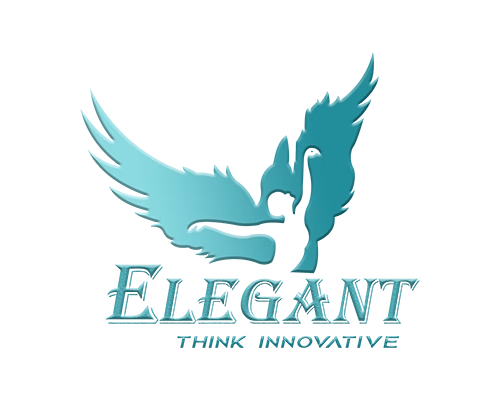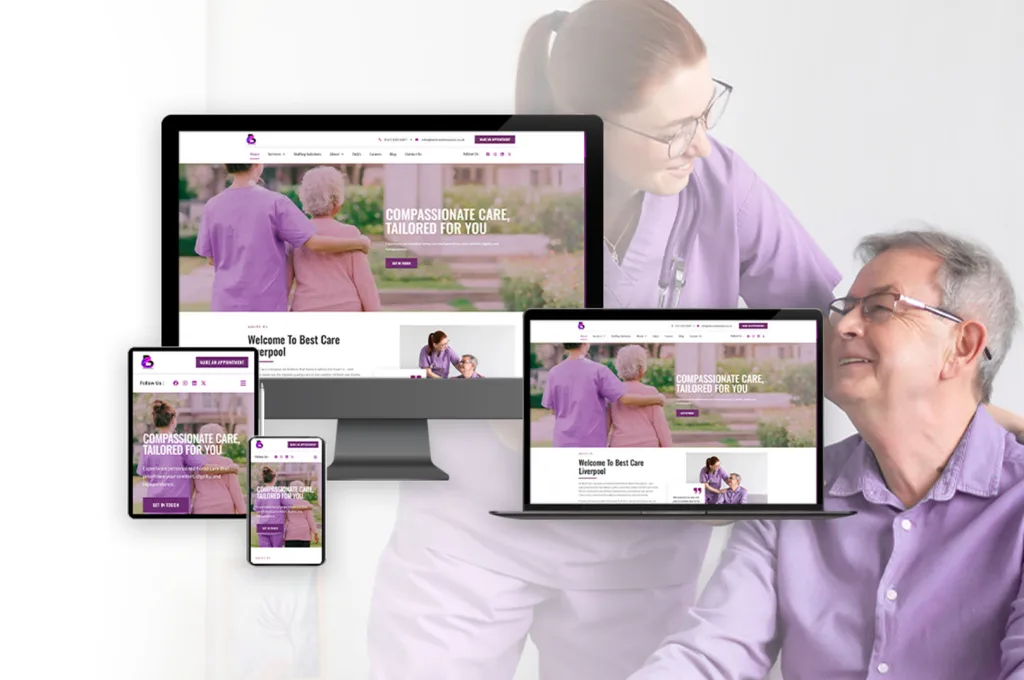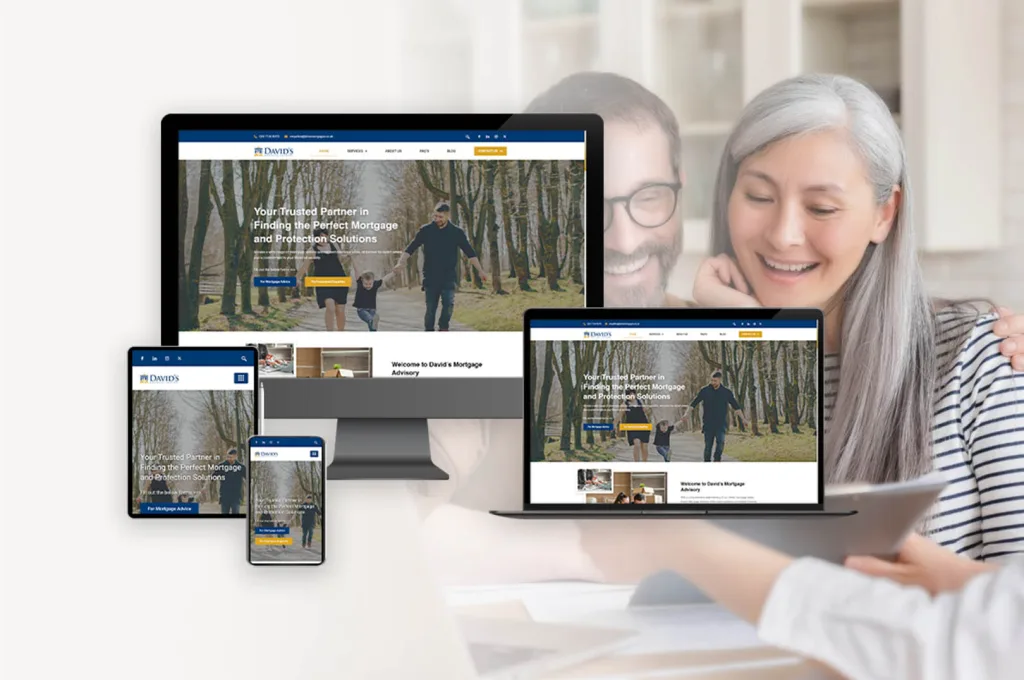How To Improve Website Traffic
How To Improve Website Traffic
Introduction
If you have a website, you know that it can be difficult to get people to visit it. You may have tried various methods to increase website traffic, but have not seen the results you were hoping for. Fortunately, there are many ways to improve website traffic and get more visitors to your site. In this article, we will discuss some of the most effective strategies for increasing website traffic and improving your website’s visibility. We will cover topics such as SEO, content marketing, social media, and more. By following these tips, you can start to see an increase in website traffic and reach more potential customers.

How to Use Social Media to Increase Website Traffic
Social media is an effective tool for driving website traffic. With the right strategy, businesses can use social media to increase website visits and generate more leads. Here are some tips for using social media to increase website traffic.
1. Create Quality Content: Quality content is essential for driving website traffic. Create content that is interesting, informative, and relevant to your target audience. Share this content on your social media channels to attract more visitors to your website.
2. Use Hashtags: Hashtags are a great way to increase visibility and reach a wider audience. Use relevant hashtags to make your content more discoverable and attract more website visitors.
3. Engage with Your Audience: Engaging with your audience is key to driving website traffic. Respond to comments, answer questions, and share content that your followers will find interesting. This will help to build relationships and encourage more people to visit your website.
4. Promote Your Content: Promote your content on social media to increase website visits. Share links to your website on your social media channels and use paid advertising to reach a wider audience.
5. Analyze Your Results: Analyzing your results is important for understanding what works and what doesn’t. Use analytics tools to track the performance of your social media campaigns and adjust your strategy accordingly.
By following these tips, businesses can use social media to increase website traffic and generate more leads. With the right strategy, social media can be a powerful tool for driving website visits and growing your business.
How to Optimize Your Website for Search Engines
Optimizing your website for search engines is an important step in ensuring that your website is visible to potential customers. By following a few simple steps, you can ensure that your website is properly optimized and that it is more likely to appear in search engine results.
1. Use relevant keywords. Keywords are the words and phrases that people use when searching for information online. When creating content for your website, make sure to include relevant keywords that are related to the topic of your website. This will help search engines identify your website and make it more likely to appear in search engine results.
2. Create quality content. Quality content is essential for optimizing your website for search engines. Make sure that your content is well-written, informative, and relevant to the topic of your website. Additionally, make sure to update your content regularly to keep it fresh and relevant.
3. Optimize your website’s structure. Search engines use a website’s structure to determine how to rank it in search engine results. Make sure that your website’s structure is organized and easy to navigate. Additionally, use descriptive titles and headings to make it easier for search engines to understand the content of your website.
4. Utilize meta tags. Meta tags are snippets of code that provide search engines with additional information about your website. Make sure to include meta tags that accurately describe the content of your website. This will help search engines understand the content of your website and make it more likely to appear in search engine results.
By following these steps, you can ensure that your website is properly optimized for search engines. This will make it more likely to appear in search engine results and help you reach more potential customers.
How to Leverage Influencers to Drive Traffic to Your Website
Influencer marketing is a powerful tool for driving traffic to your website. Influencers are people who have a large following on social media and can help you reach a wider audience. By leveraging influencers, you can increase your website’s visibility and reach more potential customers.
Here are some tips for leveraging influencers to drive traffic to your website:
1. Identify the right influencers: The first step is to identify the right influencers for your brand. Look for influencers who have a large following and are relevant to your industry. You should also consider their engagement rate and the quality of their content.
2. Reach out to influencers: Once you’ve identified the right influencers, reach out to them and explain why you think they’d be a good fit for your brand. Offer them an incentive, such as a free product or a discount code, to encourage them to promote your website.
3. Create content: Work with the influencer to create content that will be shared on their social media channels. This content should be engaging and relevant to your target audience.
4. Track results: Track the results of your influencer campaign to see how much traffic it’s driving to your website. This will help you determine which influencers are the most effective and which content is resonating with your audience.
By leveraging influencers, you can reach a wider audience and drive more traffic to your website. With the right strategy and the right influencers, you can increase your website’s visibility and reach more potential customers.
How to Use Content Marketing to Increase Website Traffic
Content marketing is an effective way to increase website traffic and build a loyal customer base. It involves creating and sharing content that is relevant to your target audience in order to attract and engage them. Content marketing can be used to drive traffic to your website, build relationships with customers, and increase brand awareness.
The first step in content marketing is to identify your target audience. This will help you create content that is tailored to their needs and interests. Once you have identified your target audience, you can create content that is relevant to them. This could include blog posts, videos, infographics, e-books, and more.
Once you have created content, you need to promote it. You can do this by sharing it on social media, submitting it to directories, and using email marketing. You can also use SEO techniques to optimize your content for search engines. This will help your content rank higher in search engine results, which will increase website traffic.
Finally, you should measure the success of your content marketing efforts. This can be done by tracking website traffic, engagement, and conversions. This will help you determine which content is most effective and which areas need improvement.
Content marketing is an effective way to increase website traffic and build relationships with customers. By creating content that is relevant to your target audience and promoting it effectively, you can drive more traffic to your website and increase brand awareness.
How to Use Paid Advertising to Boost Website Traffic
Paid advertising is an effective way to boost website traffic and increase visibility for your business. With the right strategy, you can reach a wide audience and drive more visitors to your website. Here are some tips for using paid advertising to increase website traffic.
First, determine your target audience. Knowing who you want to reach will help you create effective ads that will reach the right people. Consider factors such as age, gender, location, interests, and more.
Next, decide which platforms you want to use for your paid advertising. Popular options include Google Ads, Facebook Ads, and Instagram Ads. Each platform has its own advantages and disadvantages, so consider which one is best for your business.
Once you’ve chosen a platform, create your ad. Make sure to include a compelling headline, an eye-catching image, and a clear call-to-action. You should also include a link to your website so that people can easily click through to your site.
Finally, track your results. Monitor your ads to see which ones are performing well and which ones need to be improved. This will help you optimize your ads and get the most out of your budget.
By following these tips, you can use paid advertising to boost website traffic and increase visibility for your business. With the right strategy, you can reach a wide audience and drive more visitors to your website.
Conclusion
In conclusion, improving website traffic is a process that requires a combination of strategies. It is important to focus on SEO, content marketing, social media, and other digital marketing tactics to increase website traffic. Additionally, it is important to track and analyze website performance to ensure that the strategies are working and to make adjustments as needed. With the right combination of strategies, website owners can increase website traffic and improve their online presence.
If you’re looking to improve website traffic, then look no further than Elegant With their comprehensive suite of tools and services, you can easily increase your website’s visibility and reach more potential customers. So don’t wait any longer – start improving your website traffic today!
How To Improve Website Traffic Read More »








